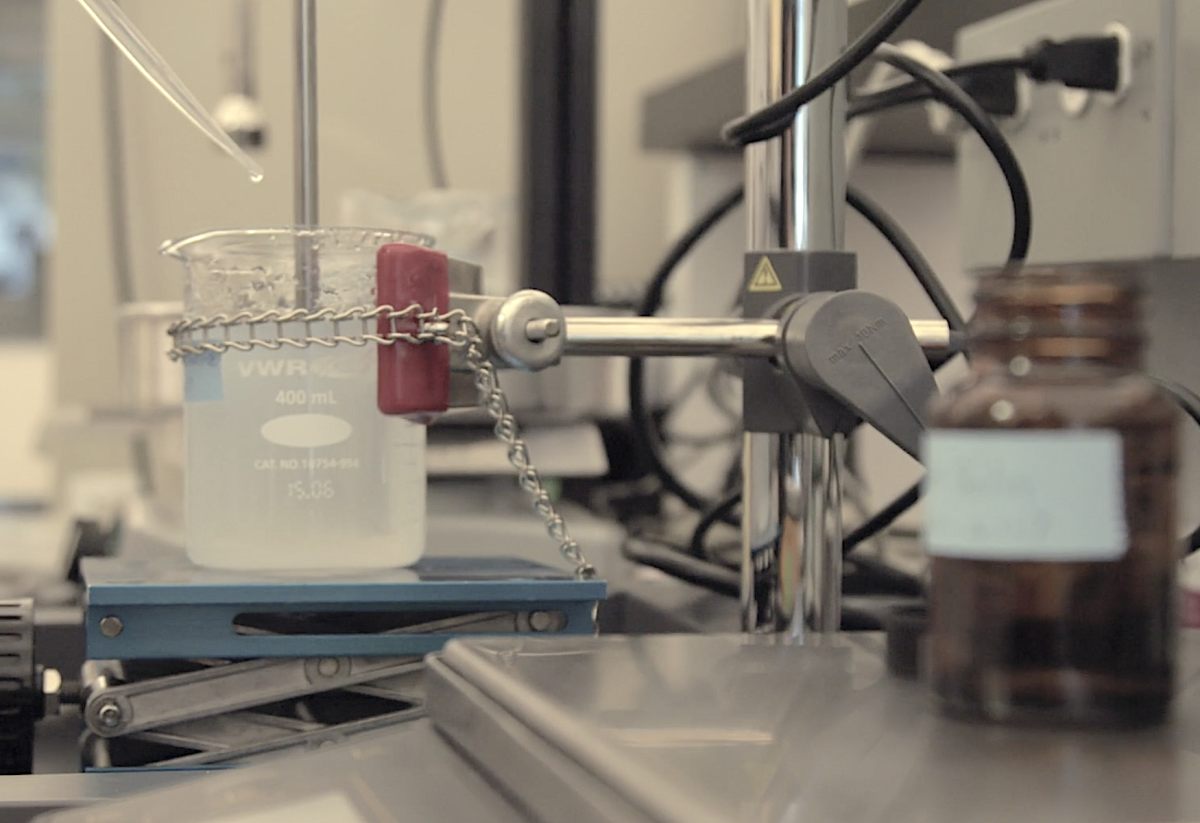Semi-solid preparations are a significant segment of the pharmaceutical landscape, offering patients a middle-ground between traditional solid and liquid formulations. These include creams, gels, ointments, and lotions, among others. The development of such products is a complex blend of science, art, and innovation, ensuring efficacy, stability, and patient compliance.
Laying the Foundation: Understanding Semi-Solids
At their core, semi-solid preparations offer a unique therapeutic delivery system. Their consistency is designed to allow for ease of application and extended contact time with the area of application, usually the skin.
- Why Semi-Solids? Apart from their user-friendly nature, semi-solid products often provide controlled drug release, localized effect, and decreased systemic side effects, making them a preferred choice for various dermatological conditions.
- Formulation Complexity: Developing an effective semi-solid product is a balancing act. It requires the perfect harmony of active ingredients, excipients, and stabilizers to create a product that is both medically effective and user-friendly.
Delving Deeper: Development Phases
The journey of creating a semi-solid preparation is meticulous and multi-faceted:
- Feasibility and Planning: Before any actual development begins, intensive research is conducted. This phase determines the best type of semi-solid formulation for the intended therapeutic purpose, taking into account factors like drug stability, skin penetration rates, and patient preferences.
- Formulation Development: This step involves selecting the right ingredients and determining the ideal ratios. The aim is to achieve a formulation that is stable, effective, and offers an extended shelf life.
- Active Ingredients: The primary therapeutic agents.
- Excipients: These play several roles, from enhancing drug absorption and stability to improving product aesthetics.
- Stabilizers and Preservatives: To prevent ingredient separation and protect against microbial contamination.
- Production Scaling: Once a formulation is finalized, the next challenge is scaling the production from lab-sized batches to large-scale manufacturing, ensuring consistency and quality.
- Quality Assurance: Each batch undergoes rigorous testing to confirm it meets predefined criteria. This includes evaluating product consistency, pH levels, active ingredient concentration, and ensuring the absence of contaminants.
- Stability Testing: A crucial step, as it determines the product’s shelf life. Products are stored under various conditions to ensure they maintain their efficacy and consistency over time.
Challenges in the Landscape
The path to perfecting a semi-solid product is fraught with challenges:
- Skin Barrier: The human skin acts as a formidable barrier, ensuring only certain molecules penetrate it. Formulations must be optimized to ensure the active ingredient permeates the skin effectively.
- Aesthetic Appeal: Patients are more likely to adhere to treatment if the product is pleasant to use. This means it should spread easily, be non-greasy, and have a pleasant fragrance and feel.
- Stability Concerns: Semi-solids can be prone to issues like phase separation or microbial contamination. Ensuring long-term stability is a significant challenge.
Leading the Way: Notable Players
Institutions like Dow Development Laboratories have set the benchmark high in the realm of semi-solid product development. Their comprehensive approach, rooted in in-depth research and innovation, ensures the creation of top-tier products that address both medical and consumer needs. Their success is a testament to the importance of marrying science with consumer insights, leading to products that truly make a difference.
The Path Forward
As the pharmaceutical industry evolves, the semi-solid product segment is poised for significant innovation:
- Tailored Formulations: With advancements in personalized medicine, there’s potential for semi-solid products designed for individual patient needs.
- Eco-conscious Production: The future is undeniably green. The development process will likely see a shift towards more sustainable practices and ingredients.
- Advanced Delivery Mechanisms: Research is ongoing into novel methods to enhance drug delivery through the skin, promising more effective treatments in the future.
In conclusion, the world of semi-solid product development is a fascinating intersection of rigorous science, creative problem-solving, and deep patient understanding. As we look to the future, it’s clear that this segment will continue to play a pivotal role in healthcare, offering solutions that are both innovative and deeply rooted in patient needs.

